The recovery of the vinyl record, especially in a period which it seemed to be completely forgotten, probably marks a relation to music. The value of devotion and investment in the music, either psychological or financial, is restored, away from logics that treat music as an accompaniment or undertone in other activities. In addition, it highlights the concept of hearing a complete album without interruption from start to finish, which also happens in another wonderful and forgotten format such as the cassette.
Unlike all other digital media (CD, mp3 and digital “downloads”), the vinyl record not only does not recede but also seems to literally rise from its ashes. After a free fall of almost twenty five years, the trend re-emerges in 2006 and, all of a sudden, the sales are starting to increase.
In the USA from one million average annual vinyl record sales from 1996 to 2006, in 2012 vinyl record sales skyrocket to 4.6 million and in 2013 they reached six million (annual increase of 32% and 500% in seven years). Moreover, in England, the music audience equally embraced the return of the vinyl record. In 2013, their sales were doubled compared to 2012, approaching 800 thousand records – four times more than 2006. For several artists and groups 20 to 30% of their sales are accounted to vinyl records. The fondness for the old vinyl record store gets its annual celebration, The Record Store Day in April, which in turn refuels the interest and the discussion, gathering collectors, musicians, record store owners and vinyl record admirers who share their love. The Record Store Day Institution certainly played an extremely important role in the propagation and the revival of this format and since the managers are fully aware of this success, they created its little…sister, a little weekly surprise for the record admirers.
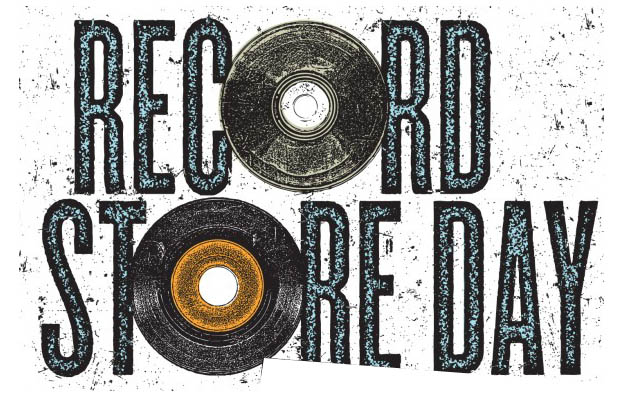
The…Vinyl Tuesday is about to become the follow up of the celebration of The Record Store Day in a weekly basis, restoring Tuesday as the day of new releases. The releases occurring on Tuesday will be divided in five categories: directory releases, marketing and promotion releases, special releases for the Record Store Day, editions previously released only on CD or/and digital media and exclusive vinyl record releases, before being digitally released.
Vinyl lovers rejoice in the thought of having two days in a week, in order to buy new albums (including Friday, which was recently set as the “new releases” day).
Also, since 2012, in Great Britain, an official chart was created, meant exclusively for the sales of the record stores. The releases and re- entries of vinyl records are increasing, new production units are sprouting and the turntable and accessories companies make use of the internet in order to make sales all over the world. The demand, as it seems, is coming from below and keeps growing. In 2012, the world vinyl market officially reached 173 million dollars, almost five times up from 2006 (37$ million). The actual numbers may be even greater (e.g. independent releases, second-hand record sales, and “hand-to-hand” circulation through concerts and festivals). Even if current sales represent only 1% or 2% of the total recorded music turnover, the strong upward trend in a declining environment is what makes it interesting.
The vinyl audience makes more purchases from specialized hangouts, comes in contact at a personal level with the shopkeeper, talks about music, searches the shelves and gets informed. Or they even get closer to the musicians, in live concerts or festivals but also through independent networks, circumventing several intermediaries and choosing to actively support creators instead of downloading their music for free on the internet. Even if they use the free mp3 samples that go with the albums, the band fan now holds in his hands something that belongs to the band, the bond becomes more substantial, the relation becomes more direct and real. The acquisition of a record suggests a personal experience, and is once more associated to specific moments and stories that go beyond browsing and downloading. Friends are again gathering to listen to music, lie down on the floor peering into records, their images and the lyrics on the large covers.
Despite the nostalgic view, a shift towards vinyl records doesn’t seem to have only a nostalgic nature. According to polls, the largest audience consists of young people under the age of 25, who have no pre- digital era experiences to reminisce. Their selections from the shelves focus on new bands. Then again the shift to vinyl cannot be explained only by sound quality criteria. Even if we assumed that it was indeed better, its audience is no high-fidelity fans buying classic and jazz re-issues, but youngsters listening to Heavy Metal, Hip Hop, Punk & Electronic. Finally, this is no strategic marketing move of the companies, but comes from below, as the independent or underground profile of the stores, releases, and alternative distribution networks suggest. So, this medium (vinyl record) sends out its own strong message….

Therefore, the medium, the vinyl record, strongly underlines all those “imperfections” that the digital revolution was supposed to overcome for the sake of the common (consumer) good. However, digital information is flexible by default. Its numeric code enables anyone to step in and reshape it with least amount of effort. In contrast, analogue information is cut on the records’ body in a permanent and irrevocable way. The vinyl grooves’ equivalent is the wound, the wrinkle or the scorns of time that remain forever and carry their own memories.
The vinyl record is matter, it has volume and weight, it occupies space and lies with the owner. In order to find it or exchange it, it demands searching in real places and contact with people in real time – this is why stories and memories that every LP carries are indelible. Also, unlike a hard drive, where you “dump” everything in with no further consideration, the shelf of the store or our record library has limited capacity. This is why every decision we make – what we purchase or keep every time – has its special meaning, its burden. And unlike the (false) promise of immortality of the digital media, the vinyl the more it plays the older it gets (like us) and worn down. The cover is torn, the color fades out, and the grooves fill with dust and marks. If your bedroom or your living room floods, your record library will be ruined. This is why records need care and attention, as anything valuable does. The very moment the record plays the music right from its grooves, it stands naked and exposed. It is rotating in front of you and you have the ability to blend each note with each turn it takes. The vinyl covers in their large dimensions provoke you to examine them, offering a beautiful artistic experience. So, there is a whole ritual behind the act of listening to a vinyl (the record maintenance, the sorting of the record library etc.), which is extremely entertaining to the user. The lifting of the needle, the rotation of letters and colors, the slight static here and there, are moments that any music fan enjoys.
Nor are records truckle to the users tastes. You cannot always have the turntable and the library with you. You cannot play the tracks on fast forward or backwards, you cannot transfer them to another device, you can’t copy them easily or share them in a few clicks with the rest of the globe. The relation with the vinyl record seems difficult and exclusive, which might get you even more excited. If we also take into account its higher comparative price – more expensive than CD and mp3, and inappropriate for piracy – we’re talking about a clearly ‘unprofitable’ investment, impractical and inconvenient. Hence, to the extent that the vinyl record resists to the digital era, it marks a heretic counter proposal as it is.
In recent years, the recovery of the vinyl market is a reality. The paradox – the resuscitation of a hard format that most people were too hasty to count it out prematurely given the onslaught of the digital era – is usually described as a cute whim of times, with a rather nostalgic tone, like a collectable fury with plenty of madness and hidden unearned increment, or the verification of those who probably spotted the difference between the ‘warm’ and full sound of an LP compared to compressed bits. The truth, though, is that we should carefully examine the whole story with no fear for technology or any big theories. But with the hidden hope that the renaissance of the vinyl may mean a little more than just a trend.
The vinyl, indelible and corruptible at the same time, tangible, alive, but also demanding, in its return gives us the opportunity to listen to music itself, in a new way, since music, regardless of any medium, is what actually counts.
Other VINYLOM Sections that will Interest YOU !!!
– Vinylom Encyclopedia – The story behind every Rare Vinyl Record...
– Vinylom Forum – Discuss about Vinyl Records, Music and more with Music and Vinyl Lovers from all over the world.
– Vinylom Marketplace – Millions of items available for sale and trade from sellers all over the world.BUY-SELL-TRADE !!!
--------------------------------------------------------------
Read Also...
- How to clean vinyl records efficiently, with very low cost
- Some of the most expensive Black Metal Vinyl Records ever sold !!!
- The MILLION DOLLAR McDonald's Record!
- The story behind the 12000$ Pink Floyd rare "Meddle" LP
- Top Vinyl Records Of The '90s - Part 1
- Vinyl Record Repair | How to Play Warped Records and Improve the Sound of Vinyl !!!
- Who really “killed” the music industry ?
If you enjoyed this article please consider sharing it.
It will be a great help for us.
Thank you !!!



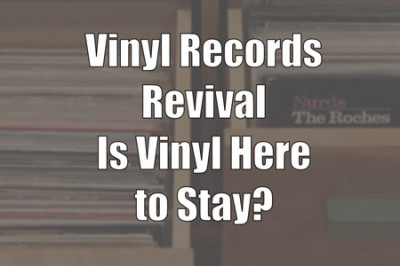


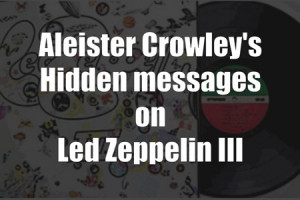
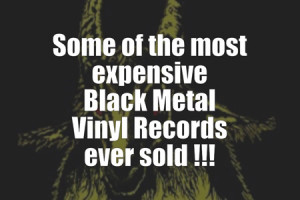
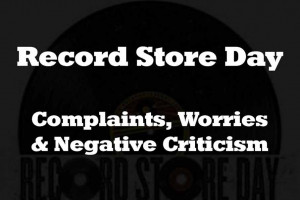

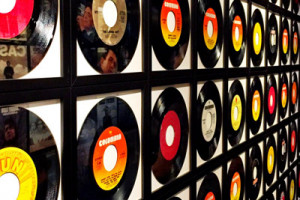
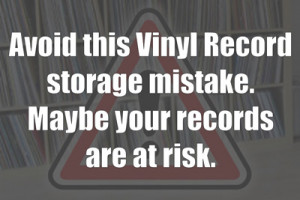
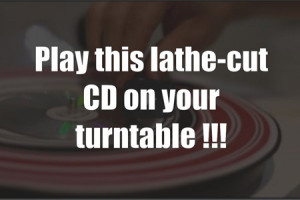
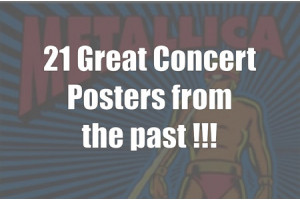
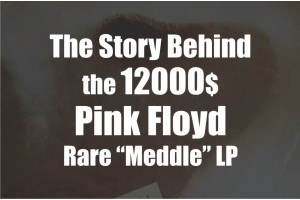
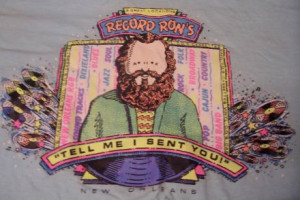
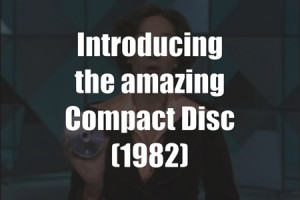
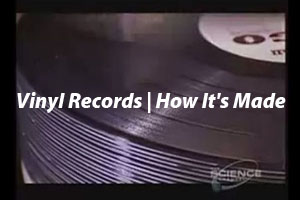
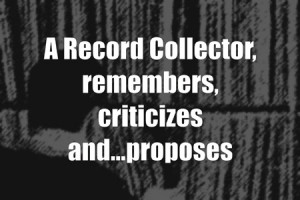
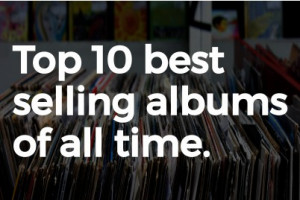
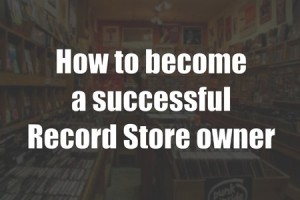
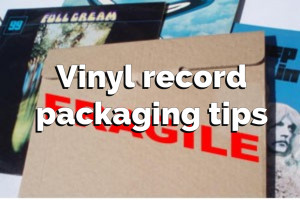

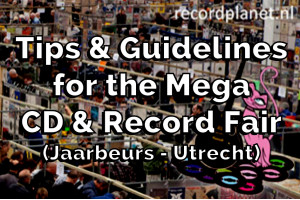
Comments
Leave A Comment